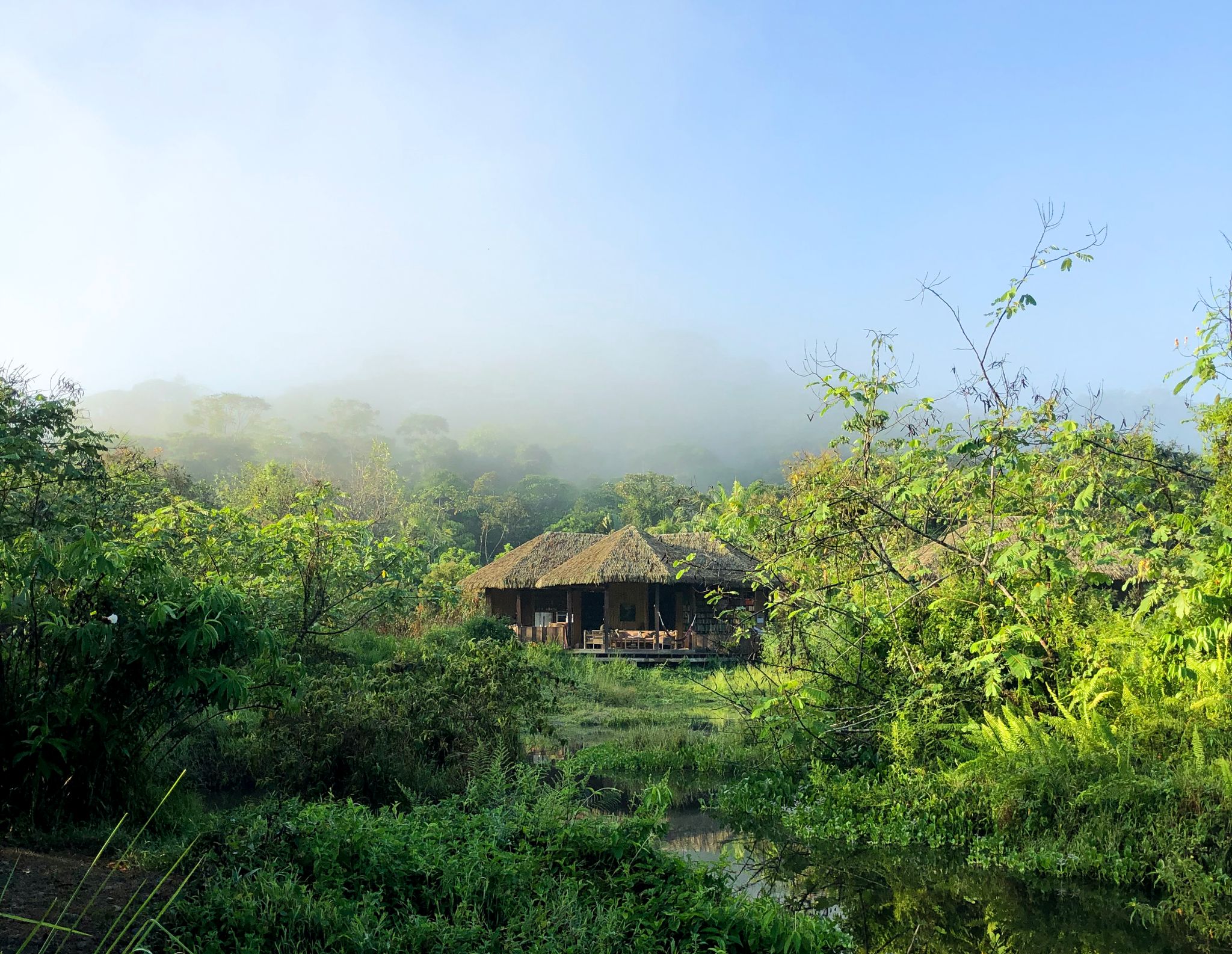
The Refugio Tinti is a conservation project based in the south of Costa Rica.
Located near the Piedras Blancas National Park, 40km from the border to Panama, the Refugio Tinti was founded in 2016.
What used to be a rice monoculture contaminated by agrochemicals was turned into a wildlife sanctuary for an ever-increasing number of species. The Refugio is built on 24 hectares of swampland, the most endangered type of habitat worldwide.
Our aim is to guide communities to operate in harmony with nature.
The development of modern technologies over the last 200 years has led to an ongoing exclusion of humans from natural cycles. This has disastrous consequences for our biosphere, which is why we dedicate our work to reconcile human societies with natural environments.
In this excerpt from our presentation at the 9th World Conference on Ecological Restoration, we summarize our view of this challenge.
We observe and mimic
natural systems to restore habitats.
In recent decades, interdisciplinary research has succeeded in getting closer to explain the principle of life as a network of relationships. This systemic approach forms the basis of everything we do in the Refugio.
To illustrate how we implement this approach, we developed an interactive map for you to explore the Refugio. Have fun!
Using these methods, our soil has been restored in record time. The failure rate of young trees in our reforestation is not more than 3%. The ever-increasing biodiversity on our land is also considerable. Not only plants but also numerous endangered species of anials have found new homes and are breeding in the Refugio.
Meet our team.
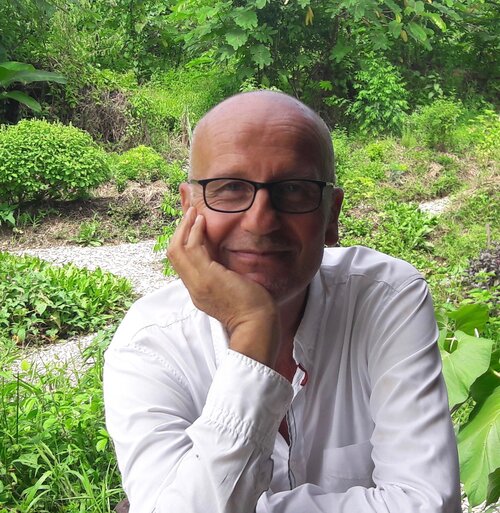
Alexander Tinti
Alexander was born in Vienna, Austria. After studies in art and natural sciences in Vienna he worked as a director and stage designer in Austria, Germany and New York City. Concerned by the rampant destruction of the environment he changed course and studied soil biology and permaculture. 1998 he moved to Asia, where he was involved in various environmental and artistic projects. After Thailand, Cambodia, Bali and Sri Lanka, he eventually moved to Costa Rica in 2016 where he developed the Refugio Tinti, a wildlife sanctuary and permacultural farm. Apart from that, he develops concepts for the diversification of monocultures into profitable food forests and participates in the government project AMISTOSA, the biological corridor between the Osa Peninsula and La Amistad National Park. In his free time he likes to paint and write. You can find more about Alexander in this post about his background and his interview with the Stanford University’s MAHB.
.


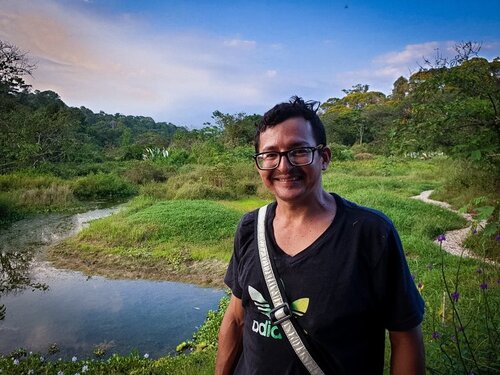
Max Mena Castillo
Max, from the nearby town of Rio Claro, has a vast array of skills. Apart from running his own organic farm, his experiences range from reforesting to construction, repairing cars and building technical equipment, assisting in office and administration, and, last but not least, he carried over a lot of valuable traditional knowledge from his grandfather. He has a big love for nature and a strong sense of duty and perfection in everything he does. Having lived in Germany for some years Max speaks German fluently.

Max Mena Castillo
Max, que procede de la cercana ciudad de Río Claro, tiene una amplia gama de habilidades. Además de dirigir su propia granja ecológica, su experiencia abarca desde la reforestación, la construcción, la reparación de coches y la construcción de equipos técnicos hasta la ayuda en la administración. Por último, pero no por ello menos importante, ha heredado muchos y valiosos conocimientos tradicionales de su abuelo. Tiene un gran amor por la naturaleza y un fuerte sentido del deber y la perfección en todo lo que hace. Max ha vivido varios años en Alemania y habla alemán con fluidez.

Max Mena Castillo
Max, der aus der nahe gelegenen Stadt Rio Claro stammt, verfügt über ein breites Spektrum an Fähigkeiten. Neben der Führung seiner eigenen permakulturellen Farm, reichen seine Erfahrungen von der Aufforstung über das Bauwesen, zur Reparatur von Autos und dem Bau technischer Geräte, bis hin zur Mithilfe in der Verwaltung. Nicht zuletzt hat er viel wertvolles loka-traditionelles Wissen von seinem Großvater übernommen. Er hat eine große Liebe zur Natur und einen ausgeprägten Sinn für Pflicht und Perfektion in allem, was er tut. Max hat einige Jahre in Deutschland gelebt und spricht fließend Deutsch.
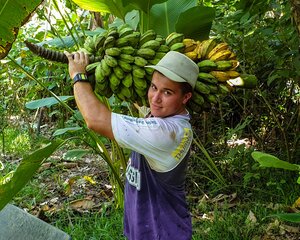
Esteban Corrales Cruz
Esteban grew up in our community where he lives with his wife and little son Daniel. He joined our team in 2019. Before that, he worked in palm oil plantations. Now he is in charge of maintenance and the implementation of new projects. He also takes care of our beloved chicken.

Esteban Corrales Cruz
Esteban ist in unserer Gemeinde aufgewachsen, wo er mit seiner Frau und seinem kleinen Sohn Daniel lebt. Er ist seit 2019 in unserem Team. Davor hat er auf Palmölplantagen gearbeitet. Jetzt ist er für die Instandhaltung und die Umsetzung neuer Projekte zuständig. Außerdem kümmert er sich um unsere geliebten Hühner.

Esteban Corrales Cruz
Esteban creció en nuestra comunidad donde vive con su esposa y su pequeño hijo Daniel. Se unió a nuestro equipo en 2019. Antes de eso, trabajó en plantaciones de aceite de palma. Ahora se encarga del mantenimiento y de la implementación de nuevos proyectos. También cuida de nuestra querida gallina.
.
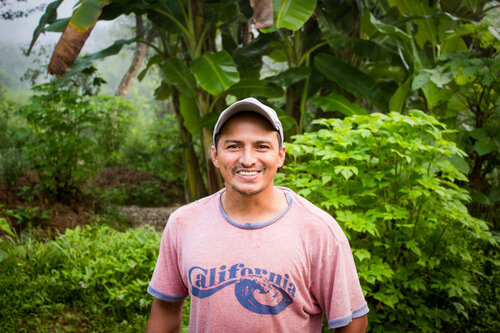
René Diaz Flores
René, originally from Nicaragua, moved to Costa Rica many years ago. He is our loyal and reliable night guard who keeps us and our animals safe while we are sleeping. Up all night, he reports every morning about animals that we rarely see, such as the crab-eating racoon, kinkajous, anteaters and many others.

René Diaz Flores
René stammt ursprünglich aus Nicaragua und ist vor vielen Jahren nach Costa Rica gezogen. Er ist unser treuer und zuverlässiger Nachtwächter, der uns und unsere Tiere beschützt, während wir schlafen. Er ist die ganze Nacht wach und berichtet jeden Morgen von Tieren, die wir nur selten zu Gesicht bekommen, wie z. B. dem krabbenfressenden Waschbären, Kinkajous, Ameisenbären und vielen anderen.

René Diaz Flores
René, originario de Nicaragua, se mudó a Costa Rica hace muchos años. Es nuestro leal y fiable guardia nocturno que nos mantiene a nosotros y a nuestros animales a salvo mientras dormimos. Se pasa la noche en vela y cada mañana nos informa sobre animales que rara vez vemos, como el mapache cangrejero, los kinkajous, los osos hormigueros y muchos otros.
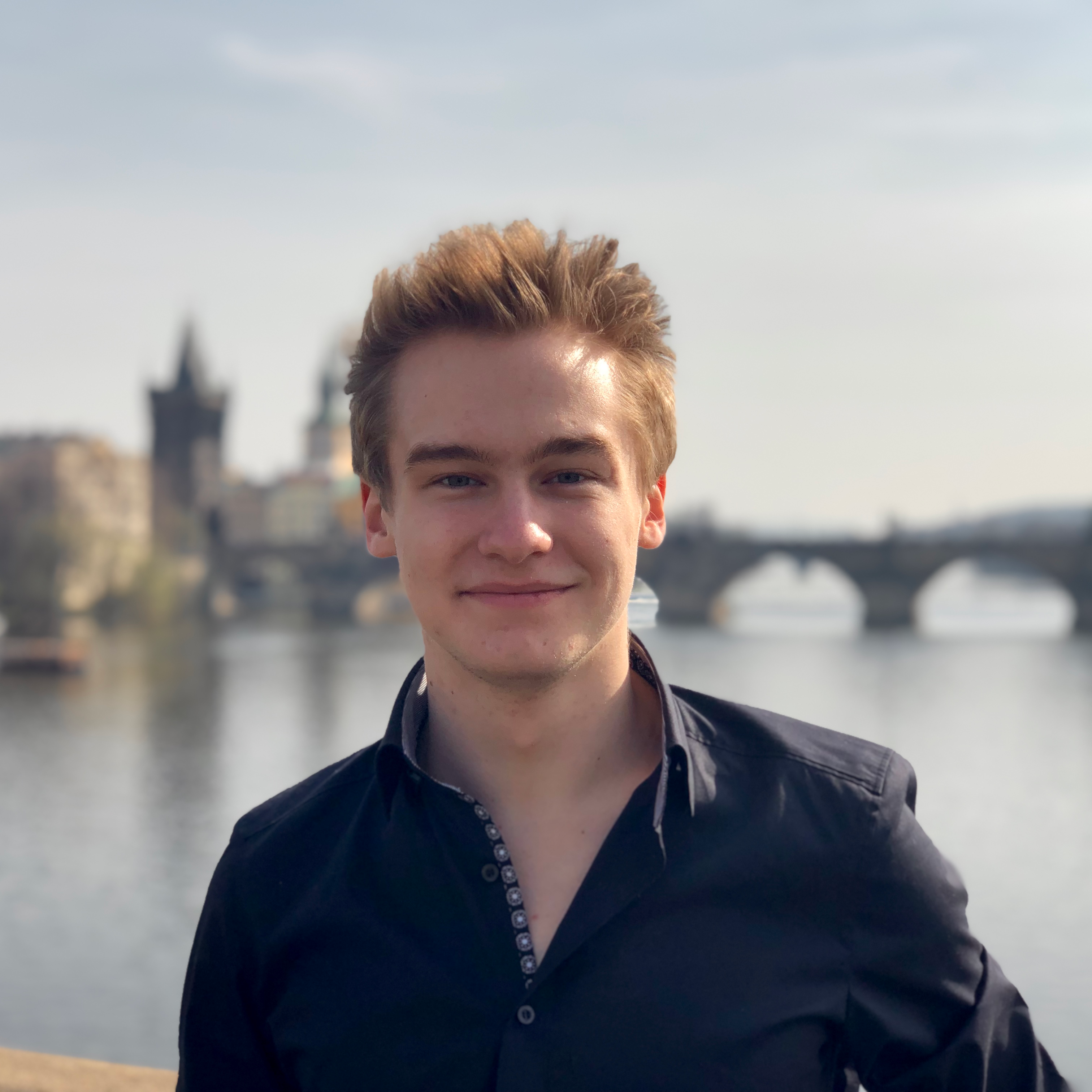
Mario Stepanik
Mario comes from Vienna and joined the Refugio Tinti team in March 2020 during a three-month stay in Costa Rica. He currently studies Statistics and works in Neuroscience research at ETH Zurich. Previously he graduated from the University of Oxford in Economics and Management. He is responsible for public relations, fundraising, and supports the development of new projects at the Refugio.




